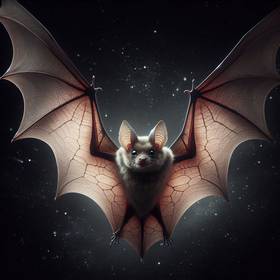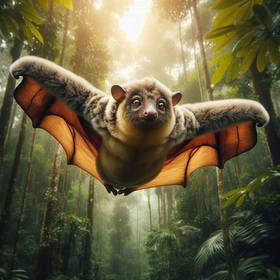What mammals can fly?
The evolution of flight in mammals is a fascinating journey that spans millions of years. While birds are often associated with flight, certain mammals have also developed this remarkable ability through unique adaptations. Bats, for example, evolved membranous wings that allow them to fly with incredible agility and precision, making them the only mammals capable of sustained flight.
Flying squirrels, on the other hand, utilize a gliding mechanism enabled by specialized skin membranes called patagia, allowing them to navigate between trees effortlessly. Additionally, colugos, often referred to as flying lemurs, have developed a membrane of skin that stretches between their limbs, enabling them to glide long distances. These diverse adaptations showcase the remarkable ways in which mammals have conquered the skies through evolutionary innovation.
The evolution of flight in mammals is a fascinating journey that spans millions of years. While birds are often associated with flight, certain mammals have also developed this remarkable ability through unique adaptations. Bats, for example, evolved membranous wings that allow them to fly with incredible agility and precision, making them the only mammals capable of sustained flight.
Flying squirrels, on the other hand, utilize a gliding mechanism enabled by specialized skin membranes called patagia, allowing them to navigate between trees effortlessly. Additionally, colugos, often referred to as flying lemurs, have developed a membrane of skin that stretches between their limbs, enabling them to glide long distances. These diverse adaptations showcase the remarkable ways in which mammals have conquered the skies through evolutionary innovation.




